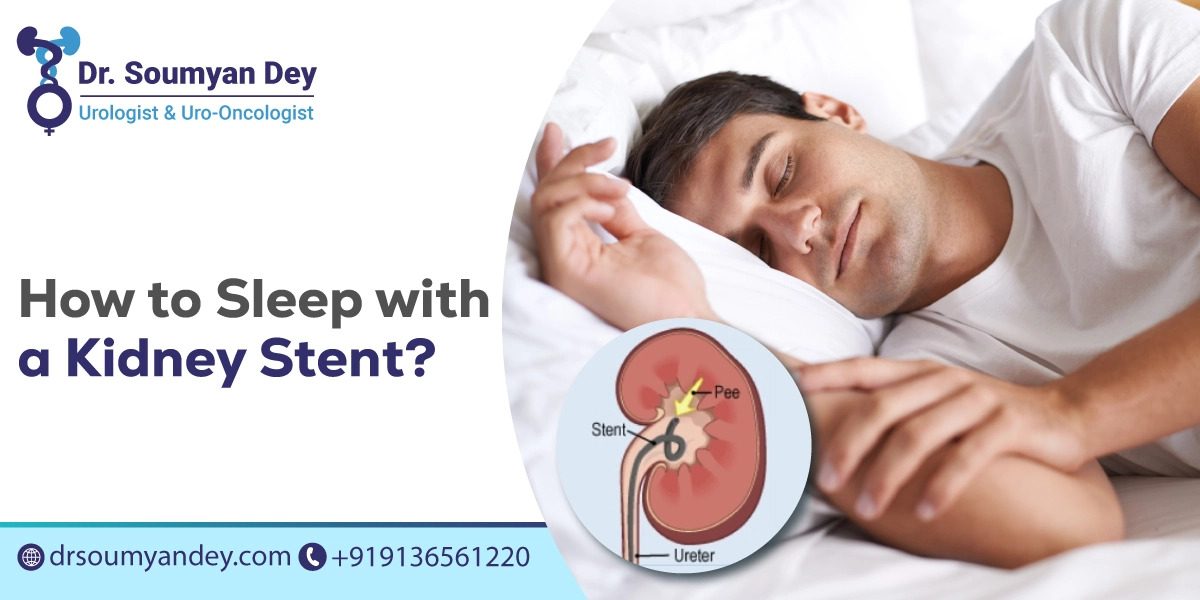How to Sleep with a Kidney Stent?
Kidney stents can cause a lot of discomfort when you are sleeping. These stents are thin tubes that connect your kidneys to the bladder to drain urine easily. The procedure is common after kidney stone removal or after your doctor has cleared the obstruction in your ureter. Although the stents are temporary and won’t be visible outside, living with them can be challenging. Let’s check out some hacks recommended by urologists in Navi Mumbai to get a good night’s sleep with kidney stents.
What is a Kidney Stent?
Kidney stents are commonly used before and after kidney stone removal surgery. If the size of these stones obstructs urine flow to your urethra, the doctor will implant a stent to remove the blockage. Likewise, these are used after kidney stone removal surgery to help the ureter heal.
How to Sleep with a Kidney Stent?
Stents are not as painful as stones or obstructions in your ureter, but they cause discomfort when you sleep. Your ureteral stent placement surgeon in Navi Mumbai will go over the instructions for finding a comfortable sleeping position with the stent. Here’s what might help.
Positioning Yourself for Sleep
There’s no specific sleeping position that can reduce the discomfort, but patients who have had stents believe that sleeping on the opposite side of the stent placement can help a lot. This isn’t the same for everyone, though.
Managing Pain and Discomfort
Over-the-counter painkillers are quite effective in reducing the pain and discomfort associated with stent placement. Aspirin and ibuprofen are your best options. However, it’s important to check with your doctor before starting pain-relieving medications, as some are blood thinners, which might increase the risk of bleeding.
Also Read: The Benefits of a Stent for Kidney Stone Treatment
Following After-Care Instructions
Your urologist might recommend a few important tips for taking care of the stent, as well as adjusting your sleeping and other routine habits after stent placement. Here’s how to take care of it:
- Use a heating pad to reduce discomfort
- Drink plenty of fluids to keep the stent clear
- Urinate before going to sleep
Tips for a Better Night’s Sleep with a Kidney Stent
The stent could be perfectly placed, but the fear of the stent causing discomfort might make it difficult for some patients to fall asleep. Here’s what might help.
1) Maintaining a Comfortable Sleep Environment:
To get a good night’s sleep, remove all distractions and create a comfortable and cozy sleep environment.
2) Practicing Good Sleep Hygiene:
Avoid drinking water right before bedtime, as it might cause the urge to urinate frequently at night. Also, empty your bladder so you don’t have to wake up every few hours to pee.
3) Managing Stress and Anxiety:
Yoga and meditation are great ways to relax your body and mind. To manage stress, try incorporating 15-20 minutes of light exercises into your nighttime routine.
Conclusion
Kidney stents can be uncomfortable, but these help heal your ureter and ensure proper urine flow to your bladder. If sleeping position and nighttime hygiene do not work, consider taking pain-relieving medication to reduce discomfort.







